You step out of a refreshing shower, reaching for a towel to wrap yourself in comfort. But what happens when that towel smells musty or feels less absorbent than it should? The experience can be quite a letdown. Towels are a household staple that can easily be overlooked when it comes to cleaning. This article serves as your ultimate guide to revitalizing old towels. From identifying the signs that your towels need a deep clean to the actual cleaning process and maintenance tips, this post has got you covered!
Contents
Signs Your Towels Need A Deep Clean

When it comes to towels, it’s easy to miss the signs that they need a deep clean. One of the most telling indicators is a persistent musty odor. No matter how many times you wash them, the smell just doesn’t go away. This is often a sign that bacteria and mold have made your towel their home. Another sign is reduced absorbency. If you notice that your towels are not drying you off as effectively as they used to, it’s time for a deep clean. Stains and discolorations are also red flags. These can come from various sources like makeup, body oils, or even the products you use in your wash.
Recognizing these signs is crucial because it affects not just your comfort but also your health. Towels come into contact with your skin, and you certainly don’t want to rub bacteria all over yourself. Once you’ve identified that your towels need more than a regular wash, the next step is gathering the materials you’ll need for a thorough cleaning.
Materials You’ll Need
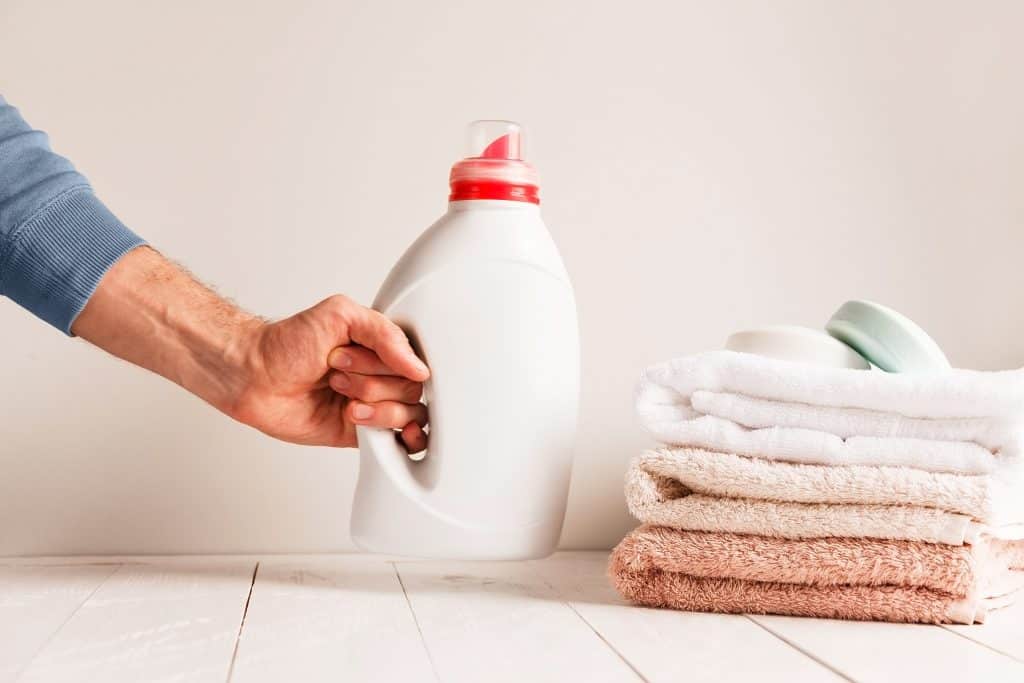
Before diving into the deep cleaning process, it’s essential to gather all the materials you’ll need. Start with a good quality laundry detergent. Opt for something that is effective but gentle, as harsh detergents can further deteriorate the quality of your towels. Baking soda is another must-have. It’s an excellent cleaning agent that can remove odors and soften your towels. White vinegar will also be on your shopping list. It’s a natural way to break down residue and remove that musty smell.
If you’re looking to add a touch of fragrance to your towels, consider using a few drops of essential oils like lavender or eucalyptus. However, this is optional and should be used sparingly to avoid any skin irritations. Now that you’ve got all your materials in place, it’s time to prepare your towels for the deep cleaning process.
Preparing Your Towels
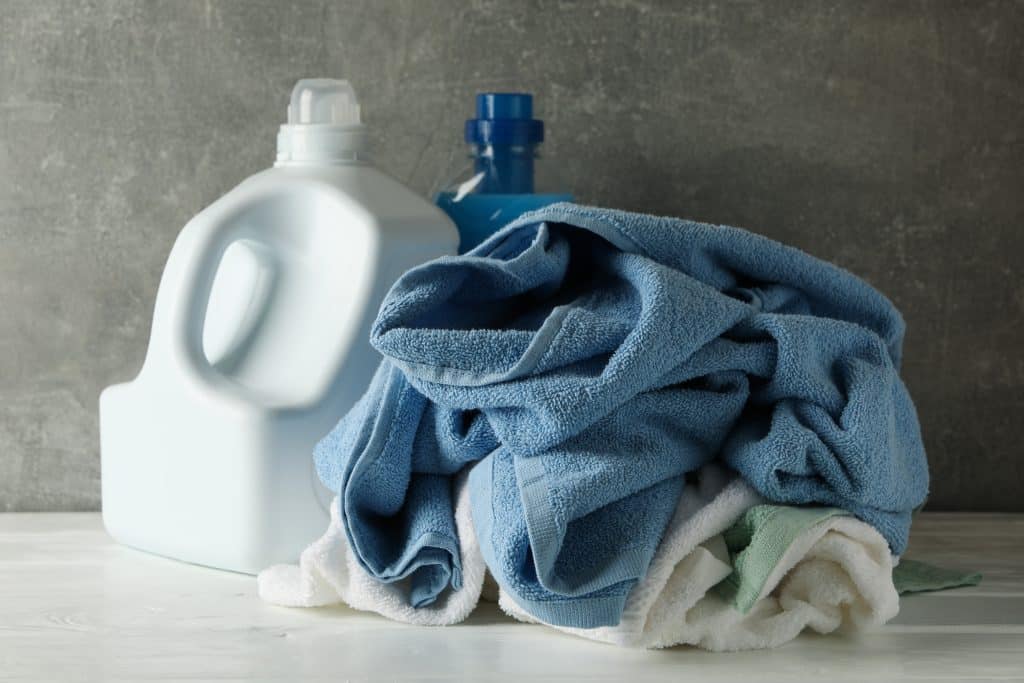
Before you toss your towels into the washing machine, there are a few preparatory steps to take. First, separate your towels by color and type. Mixing different colors can lead to bleeding, and you don’t want your white towels turning a different hue. Next, pre-treat any visible stains. You can do this by applying a small amount of detergent directly onto the stain and gently rubbing it in. Lastly, shake off any loose debris from the towels. This will make the deep cleaning process more effective.
Preparation is key to ensuring that your deep cleaning process is successful. It’s like prepping your canvas before you start painting; it makes the final result that much better. With your towels sorted and prepped, you’re now ready to move on to the actual deep cleaning process, starting with a vinegar wash.
The Vinegar Wash
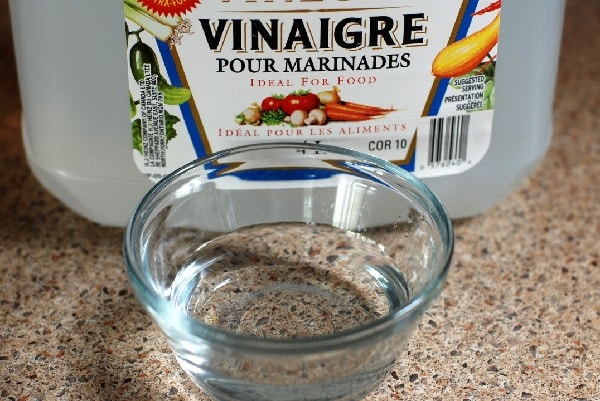
Why vinegar, you might ask? Vinegar is a natural cleaning agent that helps break down residue and remove odors. It’s an excellent choice for the first round of deep cleaning because it tackles the issues at a microscopic level. Vinegar is also less harsh on fabrics compared to commercial cleaning agents, making it a safer option for your towels. The vinegar wash process is straightforward. Fill your washing machine with hot water and add one cup of white vinegar. Run a full cycle without any detergent. This will help to break down any residue and eliminate odors.
However, there are some things to avoid when using vinegar. Never mix vinegar with bleach, as this can produce harmful fumes. Also, make sure to use white vinegar, not apple cider or any flavored vinegar, as these could stain your towels. With the vinegar wash complete, you’re halfway through the deep cleaning process. The next step is to introduce baking soda into the mix.
The Baking Soda Wash
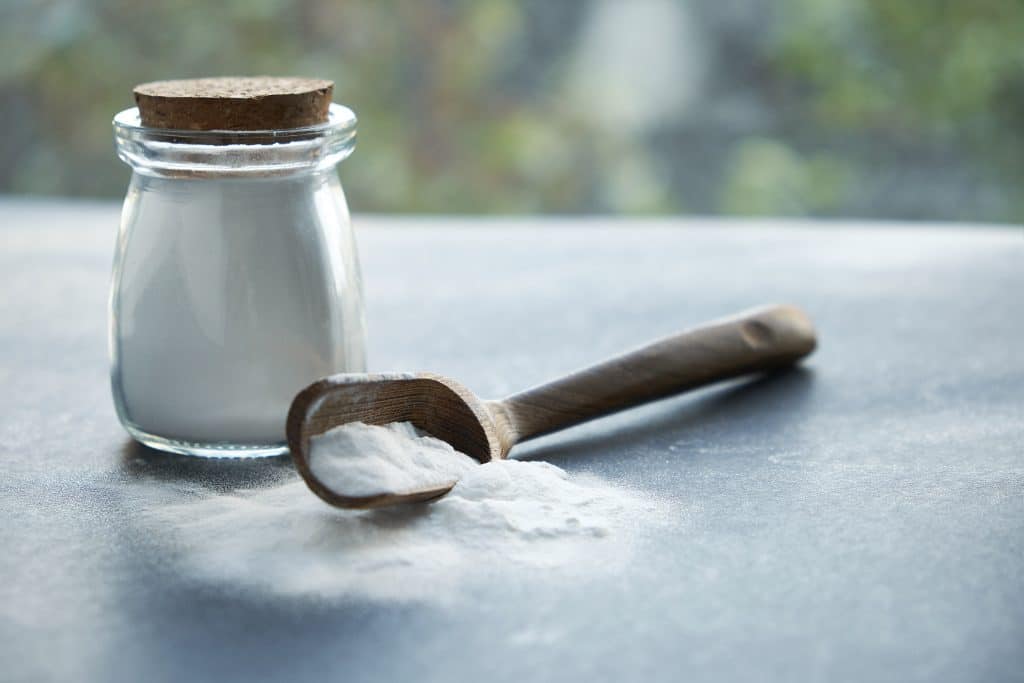
Baking soda is another household item that works wonders for deep cleaning. It’s a natural deodorizer and can help to soften your towels. When combined with vinegar, it creates a powerful cleaning duo that can tackle even the toughest of stains and odors. To execute the baking soda wash, fill your washing machine with hot water again and add half a cup of baking soda this time. Run a full cycle, and you’ll find that your towels come out smelling fresh and feeling soft.
It’s worth noting that while baking soda and vinegar can be used in the same deep-cleaning routine, they should not be mixed together in the same cycle. Doing so can neutralize their cleaning effects. With your towels now deeply cleaned, the next crucial step is drying them properly to ensure they stay fresh and fluffy.
Drying Your Towels
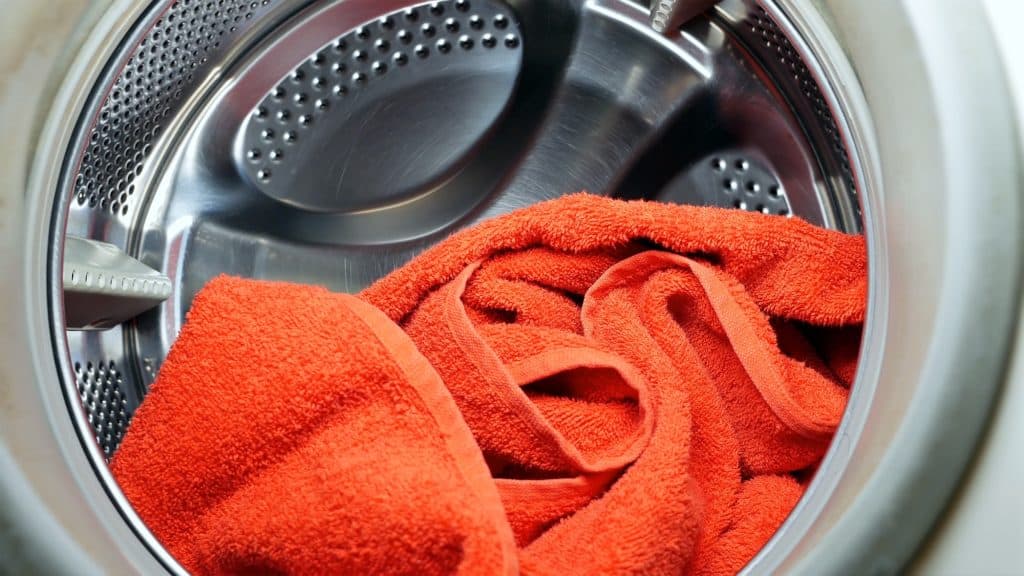
Drying your towels properly is just as important as washing them. You have two main options: air drying or machine drying. If you choose to air dry, hanging your towels in direct sunlight can help to naturally disinfect them. Sunlight is a natural bleaching agent and can help to maintain the color and freshness of your towels. On the other hand, if you’re using a dryer, opt for a lower heat setting to prevent your towels from becoming too stiff.
Regardless of the method you choose, there are tips to keep your towels fluffy. Adding a couple of clean, dry tennis balls to the dryer can help fluff up your towels. If air drying, make sure to shake out the towels every so often to keep them fluffy. Now that your towels are clean and dry, the final step is to maintain them so that you don’t have to deep clean as often.
Maintenance Tips
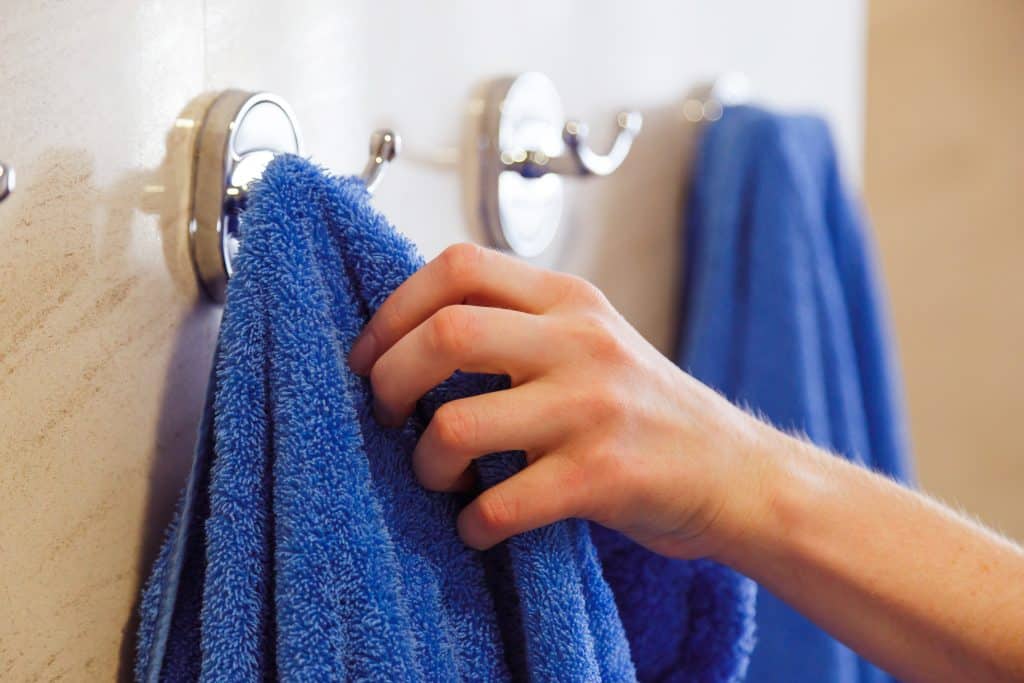
Deep cleaning shouldn’t be a frequent chore if you take good care of your towels. The frequency of deep cleaning largely depends on usage. If you’re using your towels daily, a deep clean every month is advisable. For less frequent use, every two to three months should suffice. Everyday care includes shaking out your towels before hanging them to dry and avoiding the use of fabric softeners, which can reduce absorbency.
Proper storage also plays a role in maintaining the quality of your towels. Always ensure your towels are completely dry before folding and storing them to prevent mold and mildew. Store them in a cool, dry place and avoid piling too many together, as this can trap moisture and lead to odors.
The Fresh Towel Experience Awaits!
Deep cleaning your old towels is not just a task; it’s an investment in your comfort and health. With this comprehensive guide, you now have all the tools and knowledge you need to transform those musty, less absorbent towels into fresh, fluffy clouds of comfort. So why wait? Dive into this deep cleaning routine today and relish the unmatched feeling of wrapping yourself in a freshly cleaned towel.



